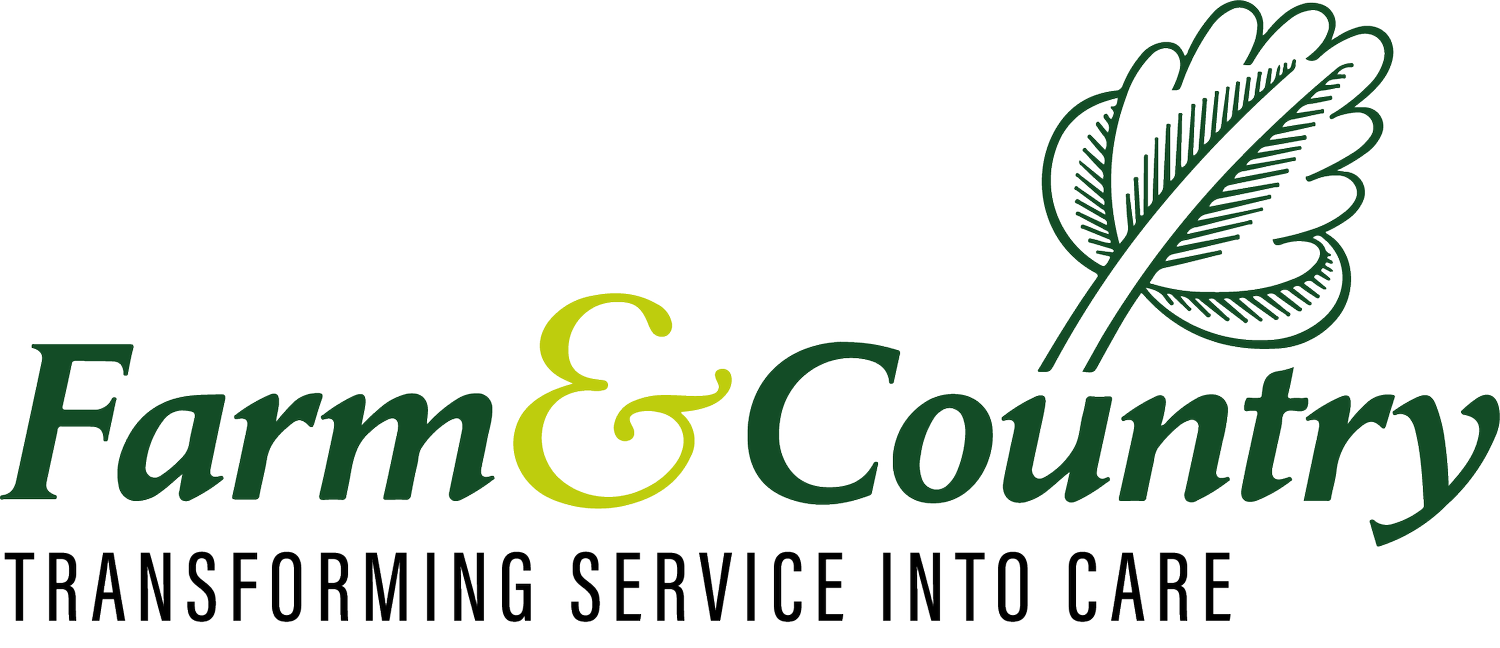Winter Safety Tips for Outdoor Pets
The cold winter months can pose a variety of hazards and health risks to our animal companions who primarily reside outdoors. As pet owners and caretakers, it is our responsibility to educate ourselves and implement adequate provisions that allow our outdoor pets to remain happy, healthy, and safe as the temperatures drop. By winterproofing their enclosures, monitoring their health, preventing dehydration, and safeguarding against winter dangers, we can ensure our horses, livestock, barn cats, and other outdoor creatures continue to thrive despite the harsh weather.
Preventing Dehydration
Perhaps most crucially, we must take special care that our outdoor pets receive adequate hydration throughout the winter. As water sources freeze over or slush up with ice, it can become difficult for animals to access the water they require. Dehydration is just as dangerous in cold months as it is in hot ones.
Investing in a heated, thermostatically-controlled water bowl or trough is the simplest way to guarantee outdoor pets have access to liquid water at all times. These bowls come in a variety of sizes and styles to suit horses, cattle, chickens, barn cats, and more. Select a model that is chew-proof and shuts off automatically when tipped over for optimal safety.
Even with a heated bowl, regularly check that the water supply is clean and debris-free. Ice build-up and blowing plant matter can still accumulate on heated surfaces. Horses and livestock, in particular, require several gallons of fresh water per day, so replenish troughs at least two times daily. Break up any surface ice as needed.
Safe Housing Setups
Natural shelters like barns, stables, and coops protect outdoor creatures from wind, snow, and ice. Ensure these structures are winterised properly to mitigate the elements.
Stables, barns or run-in shelters for large animals like horses should have solid walls on three sides, if possible. Close off any gaps around doors, install window coverings to contain heat, and consider adding insulation like waterproof horse blankets inside. Place absorbent bedding materials over flooring for added comfort and warmth. Also ensure lighting, electrical systems, and automatic waterers are encased and grounded properly so freezing temperatures do not damage their mechanisms.
For smaller enclosures like chicken coops, utilise waterproof insulation and tarp coverings to provide cold barriers and ventilation against icy drafts. Position coops out of the wind, and use straw bales, fencing, durable plastic sheeting, or other sturdy materials as improvised wind blocks if needed.
Maintaining Health
Frigid weather alone threatens the health of any warm-blooded resident. But when wind, wetness, and low temperatures combine, the risks grow exponentially more serious. Monitor animals vigilantly for signs of discomfort, frostbite, or illness this winter.
Repeated exposure to moist ground, snow, and ice frequently leads to cracked skin and hooves on equine residents. Pick hooves daily to remove packed debris and snow, then apply moisturising creams or wax to protect tender tissue. Canine companions also accrue grit between paw pads. Check feet frequently and rinse with warm water to avoid irritation and chemical burns if pets tread through de-icing salts or other caustic compounds.
Blow-dry wet coats and provide extra brushing to keep insulating fur dirt-free and fluffed. Schedule regular farrier and vet checkups to treat emerging issues early. Monitor livestock coats too—a matted, muddy layer reduces the fur’s warming potential. Provide outdoor shelter large enough to permit animals with thick winter coats to move comfortably without tangling together.
Learn to recognise early symptoms of frostbite like pale skin, numbness, or hardened flesh this season. The ears, teats, udders, tails, and scrotums of livestock are prone to frostbite. Rush mildly frostbitten areas indoors to raise body temperature gradually—do not rub or immerse in hot water! Consult a veterinarian immediately if large patches of skin turn black or slough off. That indicates severe frostbite, which can be deadly if left untreated.
Outdoor Hazards
Navigating winter also means steering pets clear of unique seasonal dangers lurking outdoors like poisonous chemicals, hypothermia risks, and fire hazards. Adhere to the following tips to keep vulnerable animals from harm.
Lock up or tightly seal any antifreeze, de-icing salts, solvents, or other household products that may leak and be ingested by curious canines and felines. A few laps are lethal—antifreeze, for example, smells sweet and appealing to pets but can crystallise in their kidneys and prove fatal.
If smaller critters appear distressed or extremely sluggish, immediately remove them from the elements and warm gradually via body heat, blankets, etc. Do not attempt to heat too rapidly with hot water or high temperatures to avoid shock. Signs of hypothermia include lowered body temp, shivering, weakness, stumbling, listlessness, and non-responsiveness.
Never leave fires, heat lamps, or portable heating units intended to thaw water or warm creatures unattended. Combustibles like dry shavings, textiles, or hay ignite rapidly if knocked or poorly positioned. Check electrical appliances frequently for damage and avoid overloading circuits. Use emergency cutoff systems wherever possible as a precaution.
By winterproofing their enclosures, monitoring their health, preventing dehydration, and safeguarding against winter dangers, we enable our beloved outdoor pets to spend the winter healthy and thriving despite the harsh weather. Be proactive as colder months approach, and do not hesitate to contact your vet if concerns arise. With proper diligence and care, our pets and livestock can continue flourishing this winter as they do in the warmer months.


